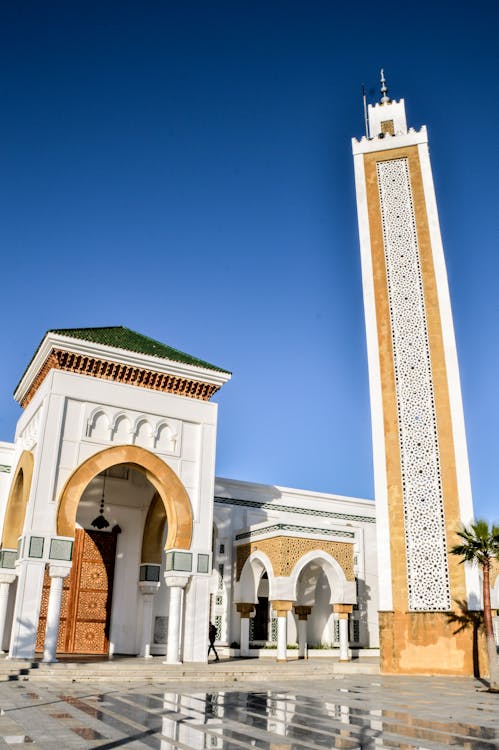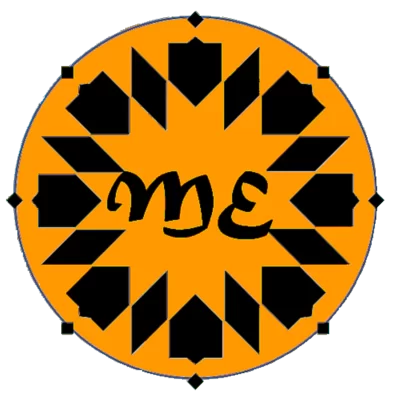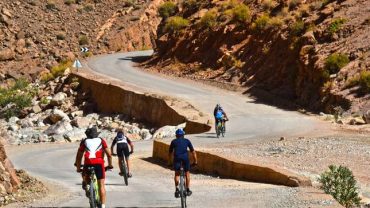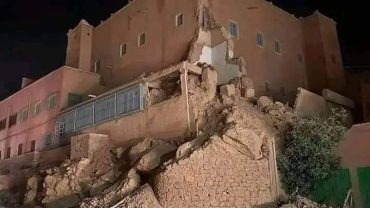Tangier is a significant stop on the way to Morocco and ultimately the continent. Additionally, it is commonly referred to as “the gateway to Africa” despite the fact that its numerous airports have recently slightly diluted this moniker. This gives the city a distinguished aspect, but it also has a drawback: despite its abundance of attractions, many tourists ignore the city since they only see it as a major transit hub.
Many visitors arrive in the country, fall in love with the city, and choose to stay in Tangier for the majority of their time on subsequent trips since it has so many distinctive features and an exceptional atmosphere. In order to give Tangier the attention it deserves and, if necessary, stretch it over two days, as has occasionally been the case with other places like Marrakech, this essay on the city’s major attractions does so. Only keep the first article if you only have one day, and attempt to fit as much work into the two days as you can into one day.

Cape Spartel and Caves of Hercules:
The visit will begin at these two distant locations for two reasons: The areas of the medina that are open first thing in the morning are the ones that stand out the most because before 10:30 there is typically no movement of locals and tourists. They are relatively accessible despite being about 20 kilometers from the city center. You can take a taxi if you don’t have a car for a price of between 100 and 200 dirhams (full taxi adding round trip). Given the significant distance between the two locations, it is imperative that you remain with the same taxi driver for the duration of the trip and until you have completed each visit.
We will begin at Cape Spartel, which has a lighthouse on top and offers breathtaking views of the strait. Additionally, the lighthouse has been totally rebuilt and accessible to the public from the end of 2021, including its interior. A museum, dining establishments, and a botanical garden have all sprouted up around it, along with other sculptures created by regional artists. If you only want to see the facilities, you must purchase a ticket; this costs 20 dirhams, and 50 dirhams if you also want to see the inside of the lighthouse. A drink voucher is given out with the entrance.
Back in the cab, we’ll head to the Cuevas de Hércules, some natural caverns with an almost magical interior that holds various rooms and nooks, as well as a central area with a stunning window to the sea that resembles the outline of Africa.
I must tell you that the humidity is really high there, so any of you who are allergic or asthmatic should exercise caution.
When we get back in the cab, we’ll point out our next stop, Plaza 9 de Abril, as well as the finish of the excursion. Because we will be travelling through huge roads and avenues, multiple embassies, and even the exteriors of the Royal Palace, we will need to advise the driver to take us through diplomatic zones. The buildings, on the other hand, are all in use and can only be seen from a car.
April 9 Square:
It is also known as the Grand Socco since it once housed a weekly market. It is a large square in Tangier and a popular meeting area for the city’s population. Its formal name is derived from the day on when the King of Morocco gave his independence speech in Tangier in 1947. It’s right outside one of the medina’s gates.
Aside from the wall and numerous terraces where you can have a drink, one of the main sites that encircle the plaza is a historic theater (Cinema Rif), which has been restored and now houses, in addition to a projection room, other spaces such as a cafe, workshops, and even a library. Its programming is mostly geared toward auteur filmmaking, and the films are screened in their original form. A must-see for every self-respecting cinema enthusiast.
Another prominent structure facing the area is the Sidi Bouabid Mosque, which was built between 1913 and 1921. It was renovated in 1994 and is again in pristine condition. To accentuate its minaret, a strange blend of pink and blue tiles was used.
The Anglican Church of San Andrés is located to the left of the mosque and about a hundred meters from the square (on Rue D’Anglaterre street). As its flag, it mixes the layout of a Christian church (cruciform plan, seats with a central aisle, arcades on the sides, and a front pulpit) with allusions to Islam (horseshoe arches, cedar wood ceiling, stone walls). plaster with carved Koranic verses and a tower that may be mistaken for a minaret) and various references to the Hebrew and Buddhist religions.
It is open every day, although there is no set timetable because Yassine is in charge of the enclosure’s upkeep. Getting used to it will be worthwhile since you will be given a detailed tour of both the cathedral and the renowned persons buried in the garden that surrounds it.
Finally, he will request a tip, which will be used solely towards the repair of the building, which is in desperate need of it.
Finally, facing the square are the Jardines de la Mendoubia, the most distinctive of the city’s gardens. It also has a big and over 800-year-old banyan tree (a species of ficus).
It is a garden that no photograph can do justice to, probably because its worth lies not just in its appearance: the tranquility that it conveys and contrasts with the hustle and bustle of the Grand Souk just one block away is, in my opinion, what distinguishes it.
Discover the south of the medina of Tangier:
After we’ve had our well-deserved peaceful time in the gardens, we’ll return to the square and, with the gardens behind us, take the second street on our left, Rue Semmarine, which will soon become Rue Siaghine.
We will have transitioned from a precisely defined grid and wide expanses to a (relative) anarchy of hundreds of little and lovely streets known as the medina as soon as we cross the wall where the street ends. We’ll limit ourselves to the southern zone for the first day due to its vastness and plenty of points of interest.
Following the center market (which we will bypass due to time constraints, but will return to on a later tour of the city), we will take the next street on the right, Rue Abdallah Ben Hachimi.
The Lorin Foundation, located at number 44, is a historic synagogue turned into a museum with a two-story chamber displaying visual material chronicling Tangier’s history since 1930. Photographs, posters, newspapers, and blueprints are all in black and white.
It’s a quiet exhibition, but it’s perfect for establishing the tone now that we’re making our way around the medina. Every day except Saturday, it is open from 11 a.m. to 1 p.m. and from 3:30 p.m. to 7:30 p.m.
American Legation Museum:
Continuing along the foundation street, we’ll arrive to a little fork where we’ll follow the street to the left till we reach a small plaza. Then we’ll take the street in front of us, Rue d’Amerique, which, as the name suggests, is home to the American Legation Museum.
It is the first American public property outside the United States, and its current role is to honor the two nations’ diplomatic ties.
It was envisioned as a two-story diplomatic structure with a strong local character but references to a more cosmopolitan style. It gradually grew and lost its original character, eventually becoming a complex that included a cultural center, a research library (centered on Arabic language studies), and a museum.
It is of tremendous importance both for its content and for its container, because each space represents its original purpose (dining room, offices, conference rooms, library,…) while also exhibiting the most diversified things, all under superb design.
The three rooms containing artifacts by Paul Bowles, a writer and musician born in New York but who lived in Tangier for the most of his life until his death, are especially notable. There are three memorials honoring one of the key persons responsible for culturally exposing Morocco to the rest of the world.
This museum is unquestionably larger and better maintained than the Lorin Foundation, yet they are perfectly complementing trips. The first, I believe, depicts Tangier’s past in a more impartial manner, whilst the second does it from a Western cultural perspective.
Admission is 20 dirhams (free for children under 12 years old), and the hours are 10:00 a.m. to 5:00 p.m. Monday through Friday, and 10:00 a.m. to 3:00 p.m. on Saturdays (closed Sundays). Guided tours are available, but must be scheduled in advance and are only available to groups. Alternatively, we may scan a QR code at reception to get a free audio tour app, which is only accessible in English and French.
Following the visit, we will reverse our steps till we reach the Lorin Foundation. From there, we’ll come to a junction, and turning right will take us to Rue Singagogue, where our next stop is.
If you want to know more about the city, visit our tour packages.





Comment (0)